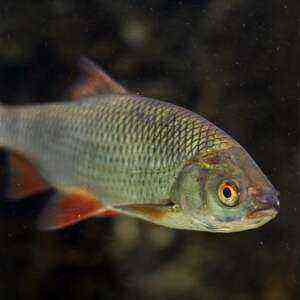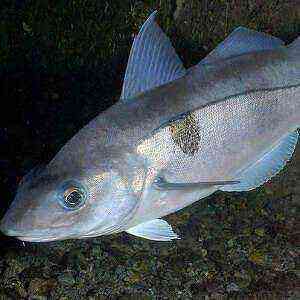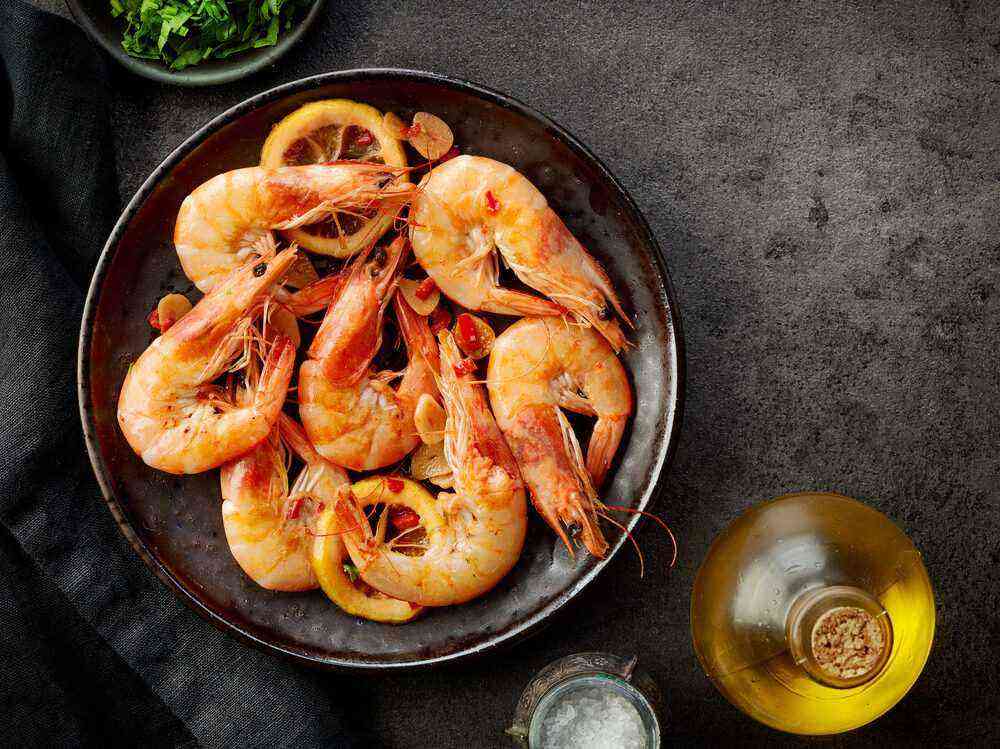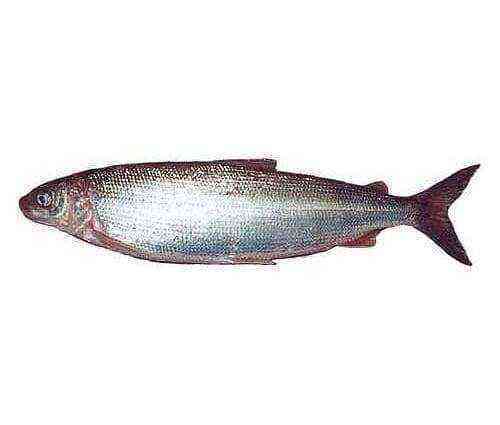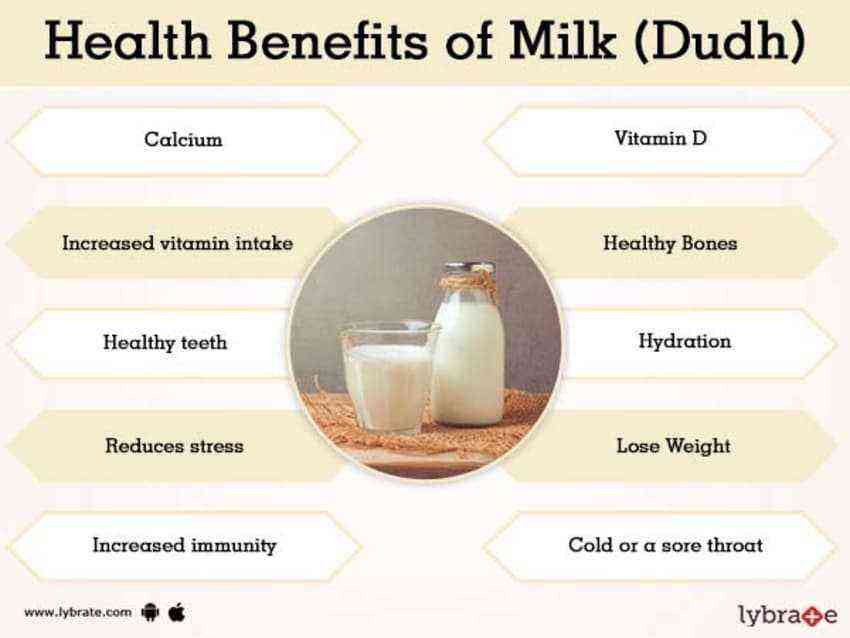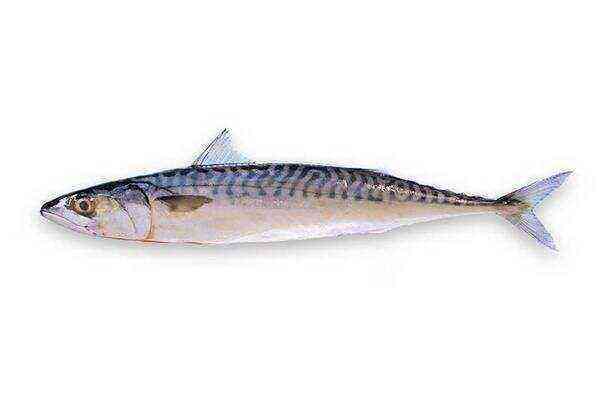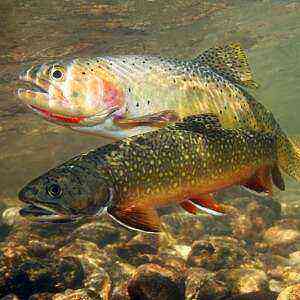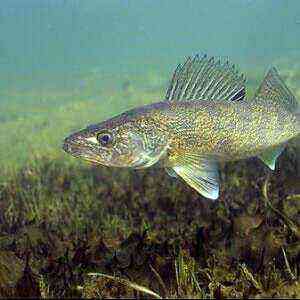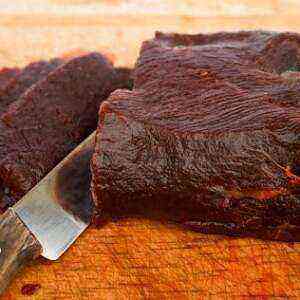 The whaling industry once flourished, but it threatened the very existence of these amazing mammals, which is why for many years now the whale catch has been strictly regulated by law. Since many of these animals are on the verge of extinction, some of them are strictly protected by the state, especially the largest bowhead whales, whose meat was valued above all. However, the whaling industry itself still exists, particularly in Norway and Japan, where seafood forms the basis of the population’s diet.
The whaling industry once flourished, but it threatened the very existence of these amazing mammals, which is why for many years now the whale catch has been strictly regulated by law. Since many of these animals are on the verge of extinction, some of them are strictly protected by the state, especially the largest bowhead whales, whose meat was valued above all. However, the whaling industry itself still exists, particularly in Norway and Japan, where seafood forms the basis of the population’s diet.
Whale meat is tough, and it has gained widespread use in cooking because it was used in countries close to the sea, especially in cold places like Alaska. Whale meat has a high nutritional value, so it is indispensable for the harsh conditions of many marine countries. In particular, in Japan, whale meat was consumed raw: either fresh or frozen with the addition of spices.
As for the Americans, they used not only whale meat, but practically all parts of the body of a whale – for purely technical purposes. In particular, its fat was used to make fuel for lamps, and whalebone was highly prized for its durability, for example, it was used to make old corsets to shape the figure.
Over the years, the demand for whale meat has not weakened, this is due to two reasons. On the one hand, the peoples who live near the seas and oceans have no other choice but to consume seafood in all their richness of choice. On the other hand, a huge number of people are ready to cross countries just to try what whale meat tastes like, although it is not much different from beef. To do this, they mainly come to Japan or similar coastal countries, where whaling still exists.
Useful Properties
Whale meat in its composition and useful properties is very similar to beef. It contains a little fat, only about 2%, and 20% protein. The only significant difference is that this meat contains a lot of phosphorus. Like any other irreplaceable substance, it is necessary for a normal diet, supports the normal state of muscles and the nervous system.
As for the nutrients contained in whale meat, it really contains a large amount of vitamins and minerals that are beneficial to health. However, it is difficult to talk about the uniqueness of whale meat, since all these vitamins and minerals can be obtained from fish.
The chemical composition of whale meat (100 g)
Caloric content 119 kcal Proteins 22,5 g Fats 3,2 g Water 73,1 g Ash 1,2 g
Vitamins
Vitamin A 30 mcg Retinol 0,03 mg Vitamin B1 0,12 mg Vitamin B2 0,3 mg Vitamin C 2,2 mg Vitamin E 0,4 mg Vitamin PP 11 mg Niacin 6,7 mg
Macronutrients
Potassium 263 mg Calcium 14 mg Magnesium 30 mg Sodium 78 mg Sulfur 225 mg Phosphorus 165 mg
Trace Elements
Iron 2,1 mg
Sterols
Cholesterol 70 mg
Saturated fatty acids
Saturated fatty acids 18,7 g
Meat storage
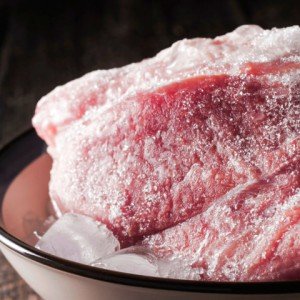 Like any other, whale meat cannot be stored for a long time. Given its enormous amount, it is mostly frozen for later use or sale. Fresh whale meat is a rarity, mostly frozen pieces that can be stored for a long time are sold.
Like any other, whale meat cannot be stored for a long time. Given its enormous amount, it is mostly frozen for later use or sale. Fresh whale meat is a rarity, mostly frozen pieces that can be stored for a long time are sold.
A large whale can weigh up to 160 tons, respectively, it contains a huge amount of meat. According to reviews, the taste of whale meat is very similar to beef with a slight fishy flavor, and it has a rich pink color, which is impossible to confuse with anything. In countries where whale meat is still actively consumed, it is used to make the same dishes as ours from pork or beef: it is fried, stewed, dried, made from barbecue, sausages or canned food. It is canned whale meat that is most common in Japan, so it can be stored for a long time and is ready for use.
Cooking application
Whale meat has a very specific taste that is almost impossible to get rid of. In fact, the only plus in whale meat is its large amount from one killed animal. In addition, it is believed to be somewhat better absorbed despite its higher density. Otherwise, in a sense, it leaves much to be desired, since it contains a very large amount of connective tissue that is unsuitable for food, and has a very strange and specific smell that scares off many.
In an attempt to get rid of this specific smell, whale meat is usually treated with boiling water before proceeding directly to cooking, or blanched in hot water. Ideally, it is cut into very thin slices and dipped for several seconds in boiling water to get rid of the unpleasant aftertaste. After that, whale meat becomes relatively neutral in taste, the specific smell practically disappears. It is because of the strange taste that whale meat is often pre-marinated in vinegar before cooking, using very different marinades, which vary from country to country. This helps preserve the taste of meat, but at the same time interrupt most of its specific notes.
Earlier, whale offal was used extensively, in particular the heart and liver. At the moment, such experiments are best avoided because of the high concentration of mercury in the guts of the whale. However, even this does not stop some lovers of delicacies.
Like red, whale meat goes well with a wide range of vegetables and root crops, it serves red wine and is often consumed with baked goods. Due to the fact that whale meat is very tough and has a very specific taste, it is very carefully processed before being used in cooking. In particular, it is blanched, and then, for cooking classic dishes, they are soaked in vinegar for a long time to make it more digestible. Most often, whale meat gets on the table and is already marinated, as many people don’t like its specific taste, and cooks try to soften it.
Whale catch limit
At the moment, the UN has banned commercial fishing for whales, and for each country with access to the sea and the ability to catch them, there is a very strict qualification for the number of individuals that they have the right to kill. However, so far a huge number of poachers bypass the laws and destroy the whale population, mostly in Iceland, to meet demand.
At the same time, in Norway, which also has the full right to catch whales, less than half of the norms established by law are caught annually. This is due to the population’s need for whale meat as food, and not for commercial use to sell to foodies around the world.
Most often, minke whales, a small whale, which is quite simple to catch, will hit the shelves. Much less often you can meet a mustache whale, parts of which used to be actively used, including in engineering. Today this species is under threat, which is why it is no longer being harvested, at least legally. Everywhere you can buy whale meat in Japan, in supermarkets it is usually sold frozen or canned.
Harmful properties and contraindications
At the moment, due to excessive pollution of the environment in the seas where whales live, there is a high level of harmful substances. In particular, it is reliably known that the internal organs of mammals contain very high concentrations of mercury, which, if regularly eaten, can lead to serious toxic poisoning, which is almost impossible to cure. As for whale meat, it is believed that it does not contain mercury, but still it must be treated very carefully. In particular, it is enough to eat only one piece of the whale’s liver in order to get poisoning compatible with the monthly mercury rate allowed by WHO.

